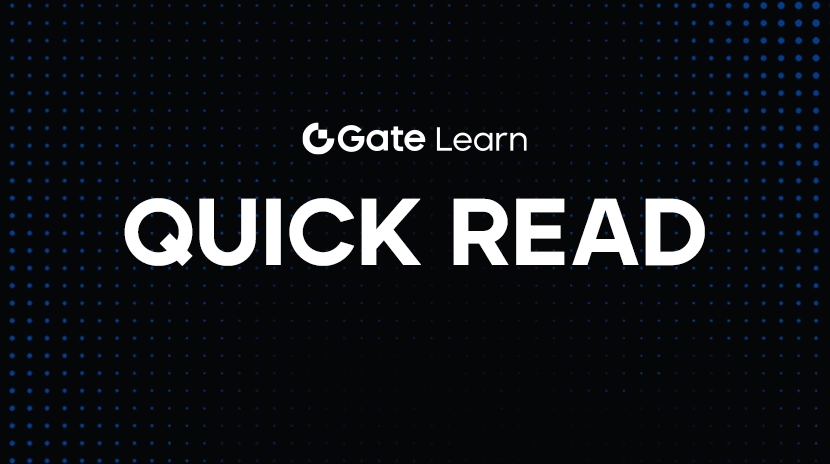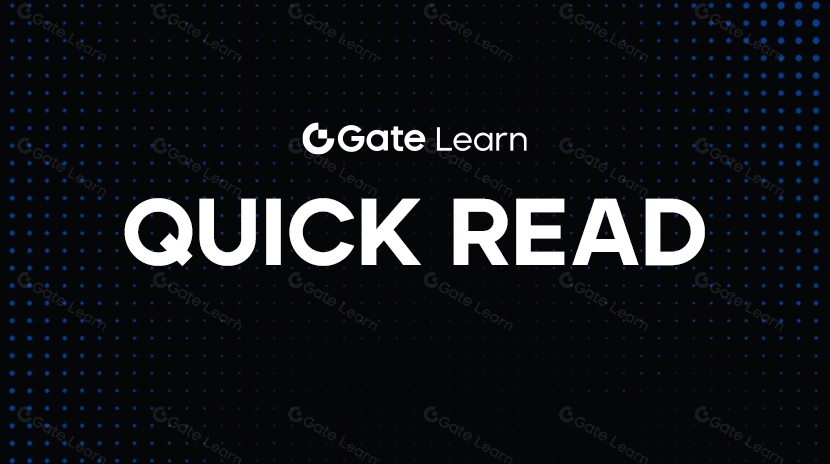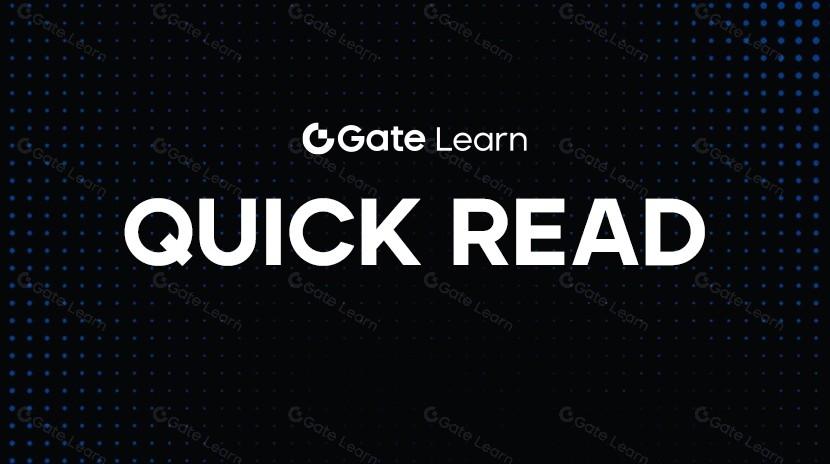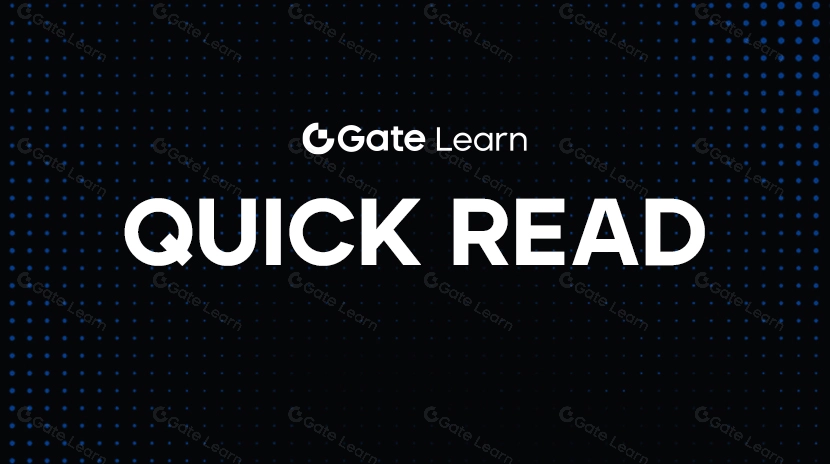Hyperlane: Alimenter l'interopérabilité sans permission pour un monde multi-chaîne
Qu'est-ce que Hyperlane?

Source: https://hyperlane.xyz/
Hyperlane est fondamentalement un protocole d'interopérabilité sans permission. Sa fonction principale est de permettre une communication sécurisée et fiable, y compris le passage de messages et les transferts d'actifs, entre des environnements blockchain disparates. De manière critique, il parvient à cela sans dépendre d'intermédiaires centralisés ou nécessiter l'autorisation de gardiens. N'importe qui peut déployer Hyperlane sur sa chaîne et commencer immédiatement à construire des applications inter-chaînes.
Caractéristiques clés qui stimulent l'utilité de Hyperlane
Hyperlane se distingue par un ensemble de fonctionnalités puissantes et flexibles :
Déploiement sans autorisation : Fidèle à son principe fondamental, Hyperlane permet à quiconque - développeurs de Layer 1s, rollups ou app-chains - de déployer le protocole et de permettre des interactions entre chaînes instantanément. Il n'y a pas de processus d'approbation ni de dépendances intermédiaires.
Sécurité modulaire : la sécurité est primordiale dans la communication inter-chaînes. Hyperlane aborde cette question avec des modules de sécurité inter-chaînes (ISM). Les ISM permettent aux développeurs de configurer, combiner et personnaliser le modèle de sécurité spécifiquement adapté aux besoins de leur application, offrant ainsi une flexibilité plutôt qu'une approche universelle.
Prise en charge de plusieurs machines virtuelles et de la compatibilité entre les machines virtuelles : Le monde de la blockchain utilise diverses machines virtuelles (VM). Hyperlane prend en charge la communication entre plusieurs VM, y compris les populaires EVM (Ethereum Virtual Machine), SVM (Solana Virtual Machine) et CosmWasm. Il facilite même les interactions directes entre différents types de VM, telles que la possibilité de transférer des actifs d'une chaîne EVM à une chaîne SVM.
Utilité du jeton HYPER :
Le jeton HYPER est essentiel à l'écosystème Hyperlane et remplit plusieurs fonctions:
Sécurité du protocole via le jalonnement : les utilisateurs peuvent jaloner des jetons HYPER pour aider à sécuriser le protocole Hyperlane. Le jalonnement implique généralement le verrouillage de jetons pour soutenir les opérations réseau.
Récompenses de mise en jeu : Les participants qui mettent en jeu HYPER reçoivent des récompenses, probablement distribuées périodiquement (par exemple, par époque). La mise en jeu de HYPER génère des stHYPER, un jeton de mise en jeu liquide représentant le montant mis en jeu plus les récompenses accumulées.
Récompenses des validateurs : Les validateurs, qui sont responsables de la vérification des messages inter-chaînes relayés via Hyperlane, sont récompensés en jetons HYPER pour leur service.
Récompenses d'expansion (basées sur l'utilisation) : Une partie importante des jetons est allouée pour récompenser les utilisateurs et les applications qui génèrent de l'activité et de l'utilisation sur le réseau Hyperlane (par exemple, en payant des paiements de gaz interchaînes - IGP). L'objectif est d'inciter à la croissance et à l'adoption. Il peut y avoir des seuils d'utilisation minimum pour être éligible à ces récompenses, souvent distribués trimestriellement.
Gouvernance : Le jeton HYPER devrait fournir des droits de gouvernance, permettant aux détenteurs de jetons de participer aux décisions concernant le développement du protocole et sa direction future.
Mécanisme d'enchères: Il peut également être utilisé pour mettre aux enchères certains actifs natifs collectés par le protocole.
Approvisionnement en jetons & Distribution:
Offre maximale : 1 000 000 000 HYPER (prévue pour être atteinte sur 25 ans, suggérant un mécanisme inflationniste).
Approvisionnement total de la Genèse (Initial) : Environ 802 666 667 HYPER.
Offre Circulante Initiale (à TGE) : Environ 175 200 000 - 177 700 000 HYPER.

Tradez-le sur Gate.com
https://www.Gate.com/zh/trade/HYPER_USDT
Répartition des jetons (pourcentages approximatifs) :
Bien que les chiffres exacts puissent varier légèrement entre les sources, l'allocation générale semble être :
- Communauté (~57%): Il s'agit de la plus grande catégorie, divisée en :
Récompenses d'Expansion: ~25.5% (Récompenses basées sur l'utilisation)
Récompenses de mise : ~20%
Provision de lancement stratégique : ~11,5% (Inclut probablement des largages aériens, des incitations à la liquidité, des offres initiales d'échange comme le largage aérien Binance HODLer / PancakeSwap TGE).
Équipe principale (~25%) : Soumise à des calendriers de versement (par exemple, un palier de 12 mois suivi d'un déverrouillage linéaire sur 24 mois).
Premiers soutiens/investisseurs providentiels (~11%) : Reflétant les 18,5 millions de dollars levés lors des tours de financement précédents (par exemple, le tour providentiel en septembre 2022).
Trésorerie de la Fondation Hyperlane (~7%) : Réservée au développement futur, aux subventions de l'écosystème et aux coûts opérationnels.
L'essor des agents IA & L'impératif d'interopérabilité
Un développement fascinant dans l'espace crypto est l'émergence d'agents IA - entités autonomes effectuant des tâches on-chain, du trading de memecoins à la gestion des fonds. Cependant, dans leur état actuel, de nombreux agents rencontrent une limitation significative : ils opèrent uniquement sur une seule blockchain.
Comme le texte fourni le souligne, l'interopérabilité, comme celle offerte par Hyperlane, est cruciale pour que ces agents prospèrent dans une « économie agentic ». Les capacités inter-chaînes permettent aux agents de :
Atteignez plus d'utilisateurs : accédez aux communautés sur plusieurs chaînes (par exemple, Base et Solana).
Accéder à plus de produits: Interagir avec une plus large gamme de dApps, d'actifs et de jeux à travers différents écosystèmes et VM.
Renforcer la résilience : fonctionner efficacement même lorsqu'une chaîne connaît des congestions ou des performances dégradées en basculant les tâches vers une autre chaîne.
Pour les agents qui gèrent les fonds des utilisateurs et exécutent des actions de manière autonome, l'infrastructure sous-jacente doit être ouverte, transparente et sans autorisation. Les utilisateurs doivent pouvoir vérifier les actions sans faire aveuglément confiance aux agents ou aux intermédiaires centralisés. Les agents doivent pouvoir s'étendre à de nouvelles chaînes sans avoir à naviguer dans des processus complexes de développement commercial hors chaîne ou de verrouillage par un fournisseur.
Pourquoi Hyperlane est le cadre ouvert pour les agents
Les principes de conception d'Hyperlane s'alignent parfaitement avec les exigences d'un avenir ouvert, piloté par des agents et multi-chaînes :
Sans permission : Les agents ou leurs développeurs peuvent déployer Hyperlane sans demander la permission, en accord avec la nature autonome des agents.
Open Source: Le code du protocole Hyperlane est open-source, permettant la transparence, la vérifiabilité et les contributions communautaires - reflétant les principaux cadres d'agents d'IA.
Modulaire : Son architecture permet de personnaliser ou d'échanger différents composants (messagerie, sécurité), garantissant ainsi qu'Hyperlane peut être adapté à divers cadres et besoins d'agent.
Future-Proof: La modularité, en particulier avec les ISMs, signifie que les développeurs peuvent adopter de nouvelles innovations en matière de sécurité sans avoir à effectuer des révisions complètes, ce qui permet de maintenir une infrastructure d'agent adaptable.
Expérience de développement rationalisée (DevEx) : Hyperlane fournit des outils tels qu'une interface unifiée, une interface en ligne de commande (CLI) et des bibliothèques pour simplifier la création de solutions inter-chaînes, que ce soit pour les développeurs humains ou potentiellement pour les agents eux-mêmes.
Conclusion: Connecter l'économie agentic
Hyperlane se distingue comme un élément vital de l'infrastructure pour le web décentralisé en évolution. Son engagement envers le déploiement sans autorisation, la sécurité modulaire et les principes open-source le rendent particulièrement adapté non seulement pour connecter diverses blockchains, mais aussi pour autonomiser la prochaine génération d'agents d'IA inter-chaînes. En fournissant les rails ouverts et flexibles nécessaires pour une communication sécurisée sur n'importe quelle chaîne ou machine virtuelle, Hyperlane joue un rôle crucial dans tisser ensemble le paysage fragmenté de la blockchain en un tout plus cohésif et capable.
Rappel de risque
Les investissements dans les cryptomonnaies comportent des risques élevés en raison de la volatilité du marché et de l'incertitude réglementaire. Cet article est destiné uniquement à des fins d'information et ne constitue pas un conseil financier. Les investisseurs doivent mener des recherches indépendantes et consulter des conseillers financiers professionnels avant d'investir.
Articles Connexes

Pi Network (PI) au taux de change du franc CFA d'Afrique de l'Ouest (XOF) : Valeur actuelle et guide de conversion

Comment vendre la pièce PI : Guide du débutant

Valeur de Pi Crypto : Lancement sur Mainnet le 20 février 2025 & Prédictions de prix futures

Qu'est-ce que FAFO : jeton MEME dérivé de la plateforme sociale de Trump

Est-ce que XRP est un bon investissement? Un guide complet sur son potentiel


